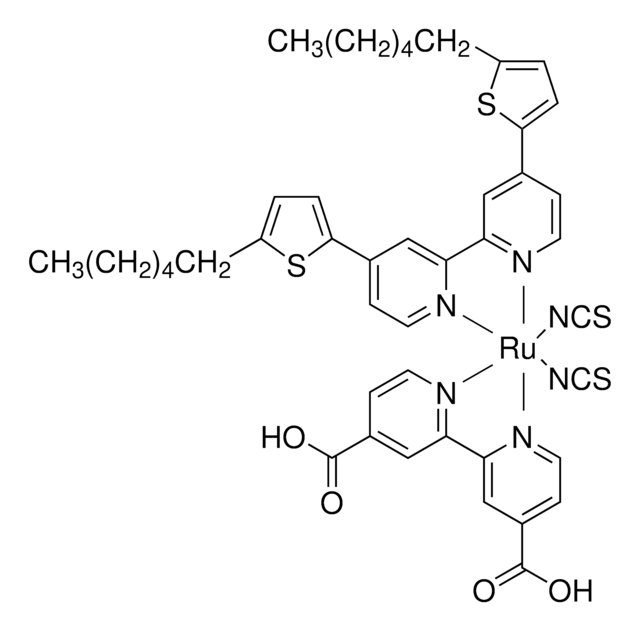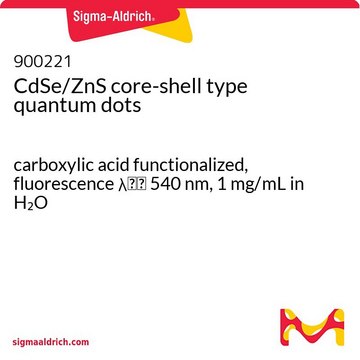919381
CCW16
≥95%
Synonym(s):
N-Benzyl-2-chloro-N-(4-(4-methoxyphenoxy)phenyl)acetamide, E3 ubiquitin ligase ligand, Ligand for PROTAC® research, RNF4-targeting ligand
About This Item
Recommended Products
ligand
CCW16
Quality Level
Assay
≥95%
form
powder
reaction suitability
reagent type: ligand
functional group
amine
storage temp.
2-8°C
SMILES string
COC1=CC=C(OC2=CC=C(N(CC3=CC=CC=C3)C(CCl)=O)C=C2)C=C1
InChI
1S/C22H20ClNO3/c1-26-19-11-13-21(14-12-19)27-20-9-7-18(8-10-20)24(22(25)15-23)16-17-5-3-2-4-6-17/h2-14H,15-16H2,1H3
InChI key
DPADEQNOMBTITM-UHFFFAOYSA-N
Related Categories
Application
Other Notes
Portal: Building PROTAC® Degraders for Targeted Protein Degradation
Covalent Ligand Screening Uncovers a RNF4 E3 Ligase Recruiter for Targeted Protein Degradation Applications
Targeted Protein Degradation by Small Molecules
Small-Molecule PROTACS: New Approaches to Protein Degradation
Targeted Protein Degradation: from Chemical Biology to Drug Discovery
Legal Information
related product
Signal Word
Warning
Hazard Statements
Precautionary Statements
Hazard Classifications
Aquatic Acute 1 - Aquatic Chronic 1
Storage Class Code
11 - Combustible Solids
WGK
WGK 3
Flash Point(F)
Not applicable
Flash Point(C)
Not applicable
Regulatory Listings
Regulatory Listings are mainly provided for chemical products. Only limited information can be provided here for non-chemical products. No entry means none of the components are listed. It is the user’s obligation to ensure the safe and legal use of the product.
JAN Code
919381-BULK:
919381-100MG:
919381-VAR:
Choose from one of the most recent versions:
Certificates of Analysis (COA)
It looks like we've run into a problem, but you can still download Certificates of Analysis from our Documents section.
If you need assistance, please contact Customer Support.
Already Own This Product?
Find documentation for the products that you have recently purchased in the Document Library.
Global Trade Item Number
| SKU | GTIN |
|---|---|
| 919381-100MG | 4065265338998 |
Our team of scientists has experience in all areas of research including Life Science, Material Science, Chemical Synthesis, Chromatography, Analytical and many others.
Contact Technical Service









